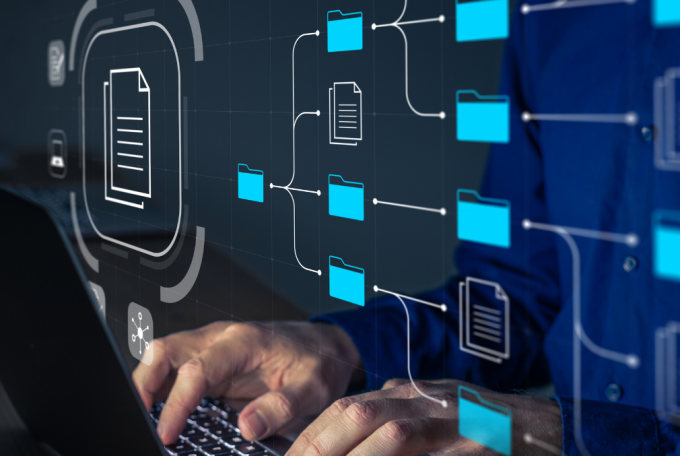In the ever-evolving landscape of technology and data governance, compliance remains a pivotal aspect for organizations across industries. It serves as the bedrock for trust, security, and reliability, ensuring adherence to regulatory standards, internal policies, and industry best practices. However, traditional compliance approaches often presented challenges, especially in the face of dynamic infrastructures and rapidly changing regulatory requirements. Enter “Continuous Compliance,” a paradigm shift that revolutionizes how organizations maintain and demonstrate adherence to standards seamlessly and consistently.
Understanding Continuous Compliance
Continuous Compliance is not merely a one-time audit or sporadic checks; it’s an ongoing, proactive approach that integrates compliance practices into everyday operations. At its core, it involves:
- Real-Time Monitoring and Assessment: Continuous monitoring tools and automated checks are employed to assess infrastructure, applications, and data flows continuously. This constant vigilance helps identify deviations from compliance standards promptly.
- Automated Remediation: Upon identifying non-compliant activities or configurations, automated remediation tools swiftly correct these issues, ensuring that the environment remains compliant without manual intervention.
- Agile Response to Changes: With regulatory frameworks evolving, Continuous Compliance embraces agility, allowing organizations to swiftly adapt to new requirements and update compliance protocols in real-time.
The Benefits of Continuous Compliance
- Enhanced Security Posture: By constantly monitoring and rectifying deviations, organizations bolster their security stance, mitigating potential vulnerabilities before they escalate.
- Operational Efficiency: Automation reduces manual efforts in compliance checks, allowing teams to focus on strategic initiatives rather than repetitive audits.
- Adaptability to Change: Continuous Compliance aligns with agile methodologies, enabling organizations to adapt swiftly to changing regulatory landscapes without disrupting operations.
- Building Trust and Reputation: Demonstrating a commitment to compliance fosters trust among customers, partners, and stakeholders, bolstering the organization’s reputation.
Implementing Continuous Compliance
- Automated Monitoring Tools: Deploying tools like AWS Config, Azure Policy, or third-party solutions for continuous monitoring forms the foundation.
- Policy as Code: Utilizing Infrastructure as Code (IaC) principles to define compliance standards and automatically enforce them during deployment.
- Regular Assessments and Updates: Conduct regular assessments to ensure compliance frameworks are up-to-date and aligned with the latest regulatory changes.
- Collaborative Culture: Fostering a culture of compliance and accountability across teams ensures that everyone plays a role in maintaining continuous adherence to standards.
Challenges and Considerations
- Complexity of Infrastructure: Continuous Compliance can be challenging in complex, multi-cloud, or hybrid environments. Proper tooling and integration are essential.
- Balance Between Automation and Control: While automation is key, organizations must strike a balance to avoid automation errors impacting critical systems.
- Resource Constraints: Smaller organizations might face challenges in deploying sophisticated continuous compliance frameworks due to resource limitations.
In Conclusion
Continuous Compliance stands as a beacon of assurance in an era of rapid technological advancements and evolving regulatory landscapes. Embracing this approach not only ensures adherence to standards but also fosters a proactive security culture. By leveraging automation, real-time monitoring, and adaptability, organizations can navigate compliance requirements with agility, bolstering their security posture and fostering trust among stakeholders. In today’s interconnected digital realm, Continuous Compliance is not just a best practice; it’s a necessity for sustainable and secure operations.
Remember, as regulations evolve and technology advances, staying informed about the latest compliance frameworks and leveraging innovative tools will be critical in maintaining a robust Continuous Compliance strategy.
Implementing the CIS Hardening is a tedious and time-consuming process. Implementing CIS Hardening indeed involves a meticulous and time-intensive process due to its comprehensive nature and attention to detail. Leveraging automation tools like AutomateCIS and strategic planning can alleviate the burden.
AutomateCIS is a robust solution for auditing servers against CIS benchmarks, automating remediation, and providing rollback support. By leveraging automated auditing, intelligent remediation, and rollback capabilities, it empowers organizations to maintain a secure and compliant infrastructure effortlessly. This comprehensive platform not only ensures continuous compliance but also enhances security, operational efficiency, and risk mitigation across diverse server environments.






